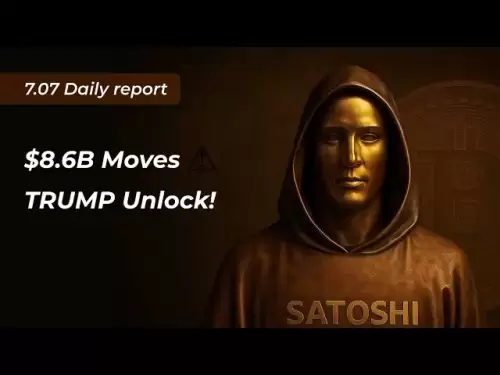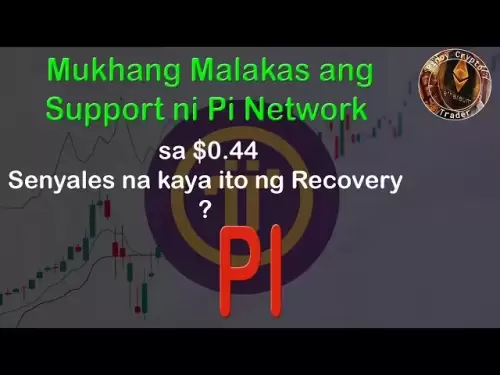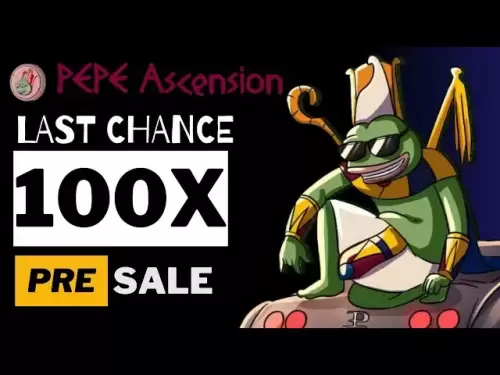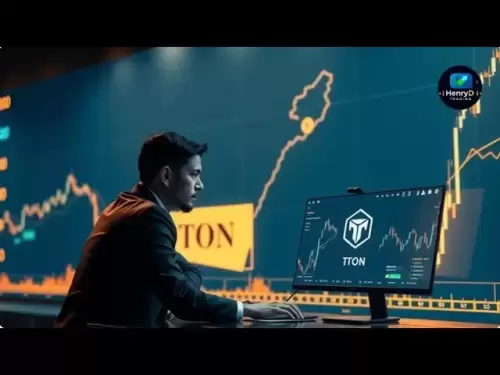-
 Bitcoin
Bitcoin $108,894.1122
0.78% -
 Ethereum
Ethereum $2,576.7002
2.37% -
 Tether USDt
Tether USDt $1.0000
-0.02% -
 XRP
XRP $2.2743
0.90% -
 BNB
BNB $662.6529
1.20% -
 Solana
Solana $152.3741
3.18% -
 USDC
USDC $1.0000
0.01% -
 TRON
TRON $0.2865
0.68% -
 Dogecoin
Dogecoin $0.1718
4.83% -
 Cardano
Cardano $0.5873
2.01% -
 Hyperliquid
Hyperliquid $39.7211
2.09% -
 Sui
Sui $2.9080
0.43% -
 Bitcoin Cash
Bitcoin Cash $495.0930
2.00% -
 Chainlink
Chainlink $13.6045
3.29% -
 UNUS SED LEO
UNUS SED LEO $9.0692
0.54% -
 Avalanche
Avalanche $18.2226
2.15% -
 Stellar
Stellar $0.2486
3.70% -
 Shiba Inu
Shiba Inu $0.0...01176
1.99% -
 Toncoin
Toncoin $2.7908
-7.52% -
 Hedera
Hedera $0.1594
3.69% -
 Litecoin
Litecoin $87.8847
1.25% -
 Monero
Monero $318.2718
0.86% -
 Polkadot
Polkadot $3.3962
1.17% -
 Dai
Dai $0.9999
-0.01% -
 Ethena USDe
Ethena USDe $0.9999
-0.02% -
 Bitget Token
Bitget Token $4.4102
0.34% -
 Uniswap
Uniswap $7.3795
1.39% -
 Aave
Aave $286.7121
5.74% -
 Pepe
Pepe $0.0...01007
3.39% -
 Pi
Pi $0.4602
2.28%
How to analyze LBank's depth chart?
Analyzing LBank's depth chart helps traders assess liquidity, identify support/resistance levels, and detect potential price movements for informed trading decisions.
Apr 26, 2025 at 12:02 am
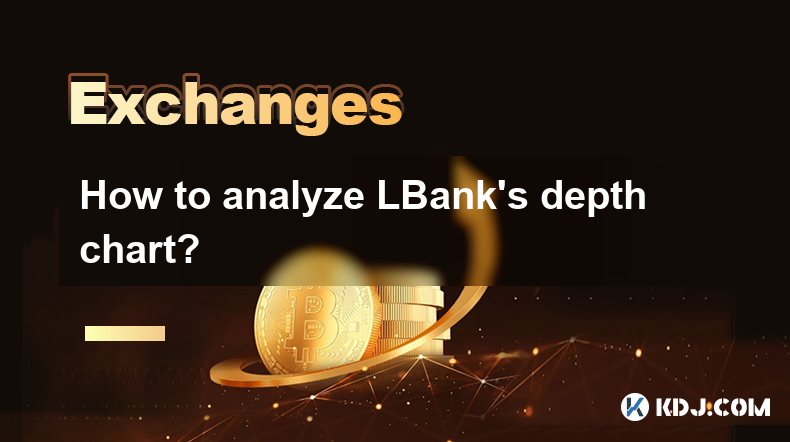
Analyzing LBank's depth chart is a crucial skill for traders looking to understand the market liquidity and potential price movements of cryptocurrencies traded on the LBank exchange. A depth chart, also known as an order book depth chart, visually represents the supply and demand for a specific cryptocurrency at different price levels. This article will guide you through the process of analyzing LBank's depth chart, helping you make more informed trading decisions.
Understanding the Basics of LBank's Depth Chart
Before diving into the analysis, it's essential to understand the basic components of LBank's depth chart. The chart is typically split into two sections: the bid side and the ask side. The bid side represents the cumulative volume of buy orders at different price levels, indicating the demand for the cryptocurrency. Conversely, the ask side shows the cumulative volume of sell orders, representing the supply.
The horizontal axis of the chart represents the price of the cryptocurrency, while the vertical axis represents the volume of orders. The depth chart forms two curves: one sloping downward for the bids and one sloping upward for the asks. The point where these two curves meet is the current market price.
Accessing LBank's Depth Chart
To analyze LBank's depth chart, you first need to access it. Follow these steps to view the depth chart on LBank:
- Log in to your LBank account and navigate to the trading page.
- Select the cryptocurrency pair you want to analyze. For example, if you're interested in Bitcoin (BTC) paired with USDT, choose the BTC/USDT pair.
- Click on the 'Depth' tab located near the trading chart. This will display the depth chart for the selected pair.
Analyzing Liquidity with LBank's Depth Chart
Liquidity is a critical factor in trading, as it affects how easily you can buy or sell a cryptocurrency without causing significant price changes. To assess liquidity using LBank's depth chart, focus on the following aspects:
- Volume at Different Price Levels: Look at the volume of orders at various price levels. Higher volumes indicate greater liquidity, meaning you can execute larger trades without significantly impacting the price.
- Bid-Ask Spread: The distance between the highest bid and the lowest ask is known as the bid-ask spread. A narrower spread suggests higher liquidity and lower transaction costs, while a wider spread indicates lower liquidity and potentially higher costs.
- Depth of the Market: The overall shape of the depth chart can give you an idea of the market's depth. A deeper market with significant volumes on both sides of the current price suggests a more robust and liquid market.
Identifying Support and Resistance Levels
Support and resistance levels are key price points where the market tends to reverse direction. Analyzing LBank's depth chart can help you identify these levels:
- Support Levels: These are price points where the demand is strong enough to prevent the price from falling further. On the depth chart, look for significant volumes of buy orders at specific price levels. These levels can act as a floor, supporting the price during a downturn.
- Resistance Levels: These are price points where the supply is strong enough to prevent the price from rising further. On the depth chart, identify significant volumes of sell orders at specific price levels. These levels can act as a ceiling, capping the price during an uptrend.
Assessing Market Sentiment
Market sentiment can be inferred from the shape and movement of the depth chart. Here's how you can assess it:
- Imbalance Between Bids and Asks: A larger volume of bids compared to asks may indicate bullish sentiment, suggesting that traders are more eager to buy than sell. Conversely, a larger volume of asks compared to bids may indicate bearish sentiment, suggesting that traders are more eager to sell than buy.
- Changes in the Depth Chart: Monitor how the depth chart changes over time. Sudden increases in buy orders at higher price levels may signal growing bullish sentiment, while sudden increases in sell orders at lower price levels may signal growing bearish sentiment.
Detecting Potential Price Movements
By analyzing LBank's depth chart, you can detect potential price movements before they happen. Here are some signs to look for:
- Large Orders at Specific Price Levels: If you notice significant volumes of orders at certain price levels, it may indicate that large traders are preparing to buy or sell at those prices. This can lead to price movements when these orders are executed.
- Order Book Imbalances: An imbalance between the bid and ask sides can signal potential price movements. For example, if there are many more buy orders than sell orders at a certain price level, the price may move up when these orders are filled.
- Market Depth Changes: Pay attention to changes in the overall depth of the market. Sudden increases or decreases in liquidity can signal potential price movements, as they may indicate that large traders are entering or exiting the market.
Practical Example: Analyzing BTC/USDT on LBank
Let's walk through a practical example of analyzing the depth chart for the BTC/USDT pair on LBank:
- Access the Depth Chart: Log in to LBank, select the BTC/USDT pair, and click on the 'Depth' tab.
- Assess Liquidity: Look at the volume of orders at different price levels. You might see that there are significant volumes of buy orders at $29,000 and significant volumes of sell orders at $30,000. This indicates good liquidity around these price levels.
- Identify Support and Resistance: The large volume of buy orders at $29,000 suggests a potential support level, while the large volume of sell orders at $30,000 suggests a potential resistance level.
- Assess Market Sentiment: If you notice that the volume of bids is much larger than the volume of asks, it may indicate bullish sentiment. Conversely, if the volume of asks is much larger than the volume of bids, it may indicate bearish sentiment.
- Detect Potential Price Movements: If you see a large order at $29,500 on the bid side, it could signal that a large trader is preparing to buy at that price, potentially pushing the price up. Similarly, a large order at $30,500 on the ask side could signal that a large trader is preparing to sell at that price, potentially pushing the price down.
Frequently Asked Questions
Q: Can I use LBank's depth chart to predict exact price movements?
A: While the depth chart can provide insights into potential price movements, it cannot predict exact price movements with certainty. It's a tool to help you understand market dynamics and make more informed trading decisions, but it should be used in conjunction with other analysis methods.
Q: How often should I check the depth chart for effective trading?
A: The frequency of checking the depth chart depends on your trading style. For day traders, checking the depth chart multiple times throughout the day can be beneficial. For swing traders or long-term investors, checking the depth chart less frequently, perhaps once a day or once a week, may be sufficient.
Q: Is it possible to manipulate the depth chart on LBank?
A: While it's possible for large traders to place orders that temporarily affect the depth chart, such actions are considered market manipulation and are against LBank's terms of service. LBank monitors for such activities and takes action against accounts found to be manipulating the market.
Q: Can the depth chart help me decide when to enter or exit a trade?
A: Yes, the depth chart can provide valuable information about liquidity, support and resistance levels, and market sentiment, which can help you decide when to enter or exit a trade. However, it should be used as part of a broader trading strategy that includes other forms of analysis.
Disclaimer:info@kdj.com
The information provided is not trading advice. kdj.com does not assume any responsibility for any investments made based on the information provided in this article. Cryptocurrencies are highly volatile and it is highly recommended that you invest with caution after thorough research!
If you believe that the content used on this website infringes your copyright, please contact us immediately (info@kdj.com) and we will delete it promptly.
- Babylon, Bitcoin, and the EVM Mainnet: A New Era for BTCFi?
- 2025-07-07 16:30:11
- Queen Elizabeth Coin Sells for £31,000: A Royal Fortune in Your Pocket?
- 2025-07-07 16:30:11
- XRP Price Check: Will Resistance Trigger a July Drop?
- 2025-07-07 17:10:12
- UAE, Toncoin, and Golden Visas: Separating Fact from Crypto Fiction
- 2025-07-07 16:50:12
- Toncoin, UAE, and the Golden Visa Mirage: What Really Happened?
- 2025-07-07 17:10:12
- Toncoin's UAE Visa Saga: Hype, Hope, and the Inevitable Pullback
- 2025-07-07 17:15:11
Related knowledge
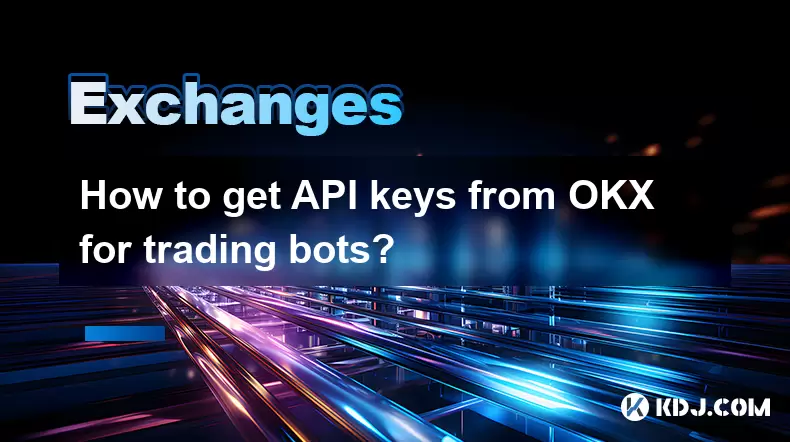
How to get API keys from OKX for trading bots?
Jul 03,2025 at 07:07am
Understanding API Keys on OKXTo interact with the OKX exchange programmatically, especially for building or running trading bots, you need to obtain an API key. An API (Application Programming Interface) key acts as a secure token that allows your bot to communicate with the exchange's servers. On OKX, these keys come with customizable permissions such ...
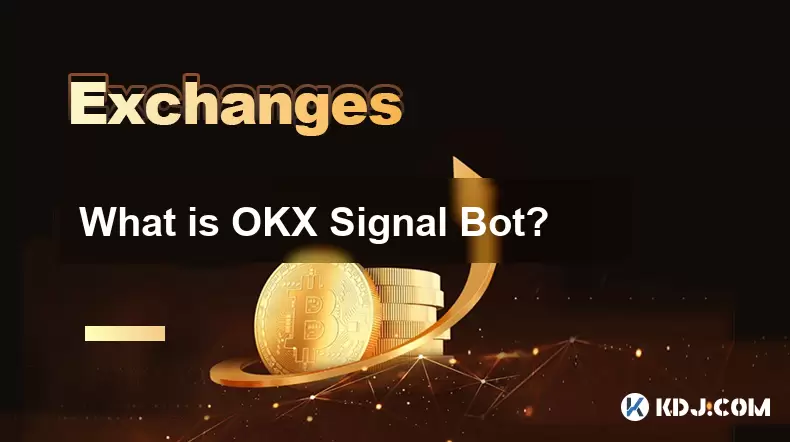
What is OKX Signal Bot?
Jul 02,2025 at 11:01pm
Understanding the Basics of OKX Signal BotThe OKX Signal Bot is a feature within the OKX ecosystem that provides users with automated trading signals and execution capabilities. Designed for both novice and experienced traders, this bot helps identify potential trading opportunities by analyzing market trends, technical indicators, and historical data. ...
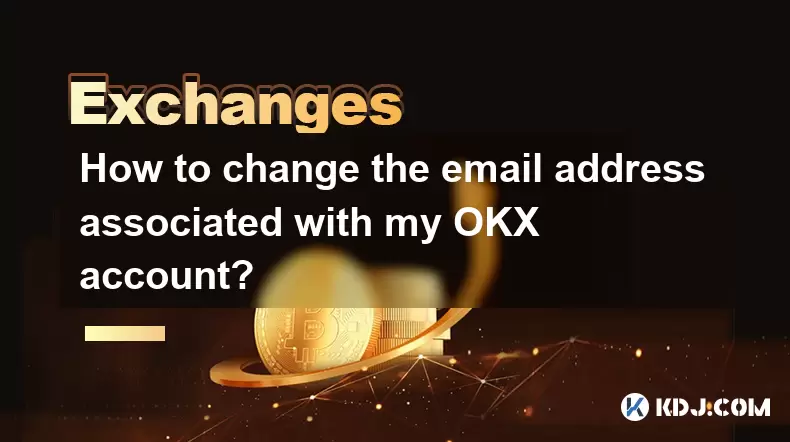
How to change the email address associated with my OKX account?
Jul 07,2025 at 08:07am
How to Change the Email Address Associated with My OKX Account?Changing the email address associated with your OKX account is a crucial process that ensures you maintain control over your digital assets and account security. Many users may find themselves needing to update their registered email due to various personal or technical reasons, such as swit...
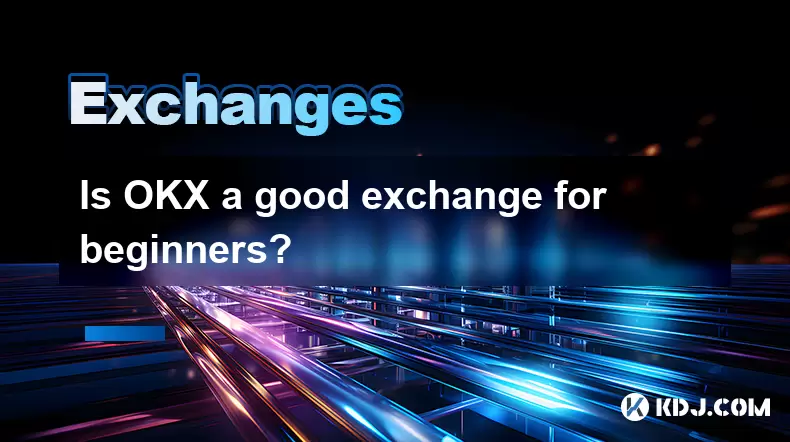
Is OKX a good exchange for beginners?
Jul 03,2025 at 05:00pm
What Is OKX and Why Is It Popular?OKX is one of the leading cryptocurrency exchanges globally, known for its robust trading infrastructure and a wide variety of digital assets available for trading. It supports over 300 cryptocurrencies, including major ones like Bitcoin (BTC), Ethereum (ETH), and Solana (SOL). The platform has gained popularity not onl...
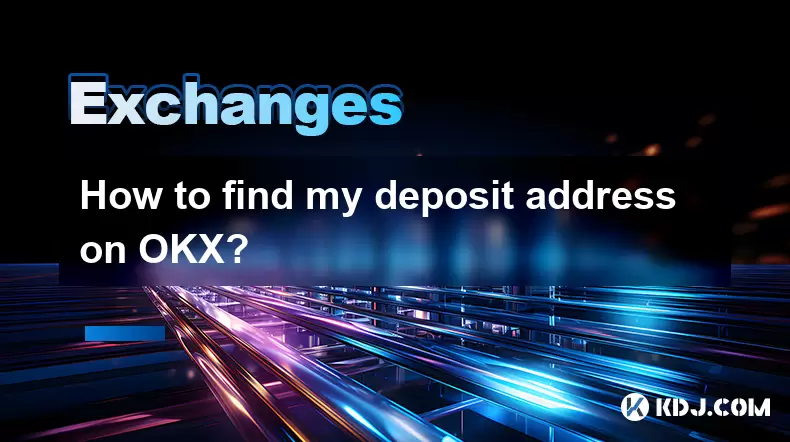
How to find my deposit address on OKX?
Jul 06,2025 at 02:28am
What is a Deposit Address on OKX?A deposit address on OKX is a unique alphanumeric identifier that allows users to receive cryptocurrencies into their OKX wallet. Each cryptocurrency has its own distinct deposit address, and using the correct one is crucial to ensure funds are received properly. If you're looking to transfer digital assets from another ...
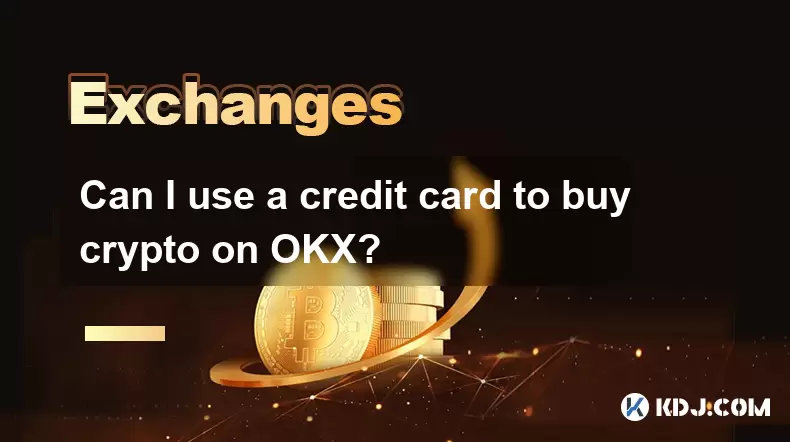
Can I use a credit card to buy crypto on OKX?
Jul 04,2025 at 04:28am
Understanding OKX and Credit Card PaymentsOKX is one of the leading cryptocurrency exchanges globally, offering a wide range of services including spot trading, derivatives, staking, and more. Users often wonder whether they can use a credit card to buy crypto on OKX, especially if they are new to the platform or looking for quick ways to enter the mark...

How to get API keys from OKX for trading bots?
Jul 03,2025 at 07:07am
Understanding API Keys on OKXTo interact with the OKX exchange programmatically, especially for building or running trading bots, you need to obtain an API key. An API (Application Programming Interface) key acts as a secure token that allows your bot to communicate with the exchange's servers. On OKX, these keys come with customizable permissions such ...

What is OKX Signal Bot?
Jul 02,2025 at 11:01pm
Understanding the Basics of OKX Signal BotThe OKX Signal Bot is a feature within the OKX ecosystem that provides users with automated trading signals and execution capabilities. Designed for both novice and experienced traders, this bot helps identify potential trading opportunities by analyzing market trends, technical indicators, and historical data. ...

How to change the email address associated with my OKX account?
Jul 07,2025 at 08:07am
How to Change the Email Address Associated with My OKX Account?Changing the email address associated with your OKX account is a crucial process that ensures you maintain control over your digital assets and account security. Many users may find themselves needing to update their registered email due to various personal or technical reasons, such as swit...

Is OKX a good exchange for beginners?
Jul 03,2025 at 05:00pm
What Is OKX and Why Is It Popular?OKX is one of the leading cryptocurrency exchanges globally, known for its robust trading infrastructure and a wide variety of digital assets available for trading. It supports over 300 cryptocurrencies, including major ones like Bitcoin (BTC), Ethereum (ETH), and Solana (SOL). The platform has gained popularity not onl...

How to find my deposit address on OKX?
Jul 06,2025 at 02:28am
What is a Deposit Address on OKX?A deposit address on OKX is a unique alphanumeric identifier that allows users to receive cryptocurrencies into their OKX wallet. Each cryptocurrency has its own distinct deposit address, and using the correct one is crucial to ensure funds are received properly. If you're looking to transfer digital assets from another ...

Can I use a credit card to buy crypto on OKX?
Jul 04,2025 at 04:28am
Understanding OKX and Credit Card PaymentsOKX is one of the leading cryptocurrency exchanges globally, offering a wide range of services including spot trading, derivatives, staking, and more. Users often wonder whether they can use a credit card to buy crypto on OKX, especially if they are new to the platform or looking for quick ways to enter the mark...
See all articles





















